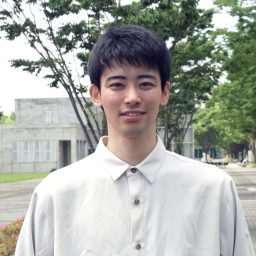Coffee talks
Friday 07/10/2022 @ 11:30, Sala riunioni OAS/CNR (secondo piano) e on-line (meet.google.com/sue-bwvk-axf)
Kosuke Nishiwaki (University of Tokyo), "Re-acceleration Model for Giant Radio Halos and Constraints on the High-energy Neutrino Background from Galaxy Clusters"
The observations of giant radio halos (GRHs) provide firm evidence for non-thermal electrons and the magnetic field in galaxy clusters. The most plausible scenario for the GRHs is the re-acceleration of electrons by the merger-induced turbulence (e.g., Brunetti et al.). On the other hand, some studies suggest that secondary emission from non-thermal protons in clusters makes significant contributions to the observed gamma-ray and neutrino background (e.g., Fang et al.), although the radio observation and the re-acceleration are not taken into account. Our primary goal is to constrain the proton content in clusters based on the re-acceleration scenario and refine the estimate of the background emission. We build a model similar to Cassano et al., combining the Fokker-Planck equation for non-thermal particles and the merger tree of galaxy clusters. We compare two scenarios for the origin of the "seed" electrons for re-acceleration; originated from the pp collision (secondary scenario), or directly accelerated at the source and cooled in the ICM (primary scenario). We find that both secondary and primary scenarios are consistent with the statistical properties of GRHs, although the emission "lifetime" of GRH is significantly different between those two (Nishiwaki & Asano 2022). Adopting the secondary scenario constrained by radio observations, we estimate the neutrino background from massive galaxy clusters. We find that the contribution to the IceCube flux is only ~5%, although the emission from low-mass high-z clusters should be revisited in consideration of the CR injection from AGNs.

